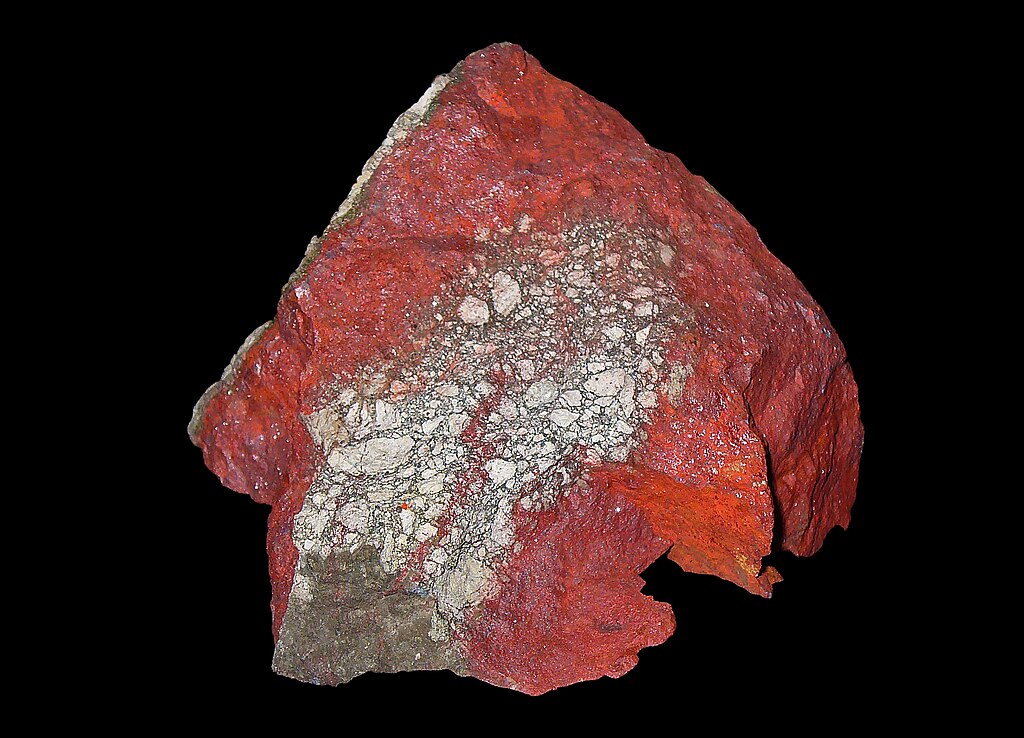Welcome to our newsletter, dear reader,
Our first monthly selection is “Dancing the Islamic Way: Two Famous Sufi Masters”, an article presenting translations of two medieval treatises on the inspired dances of some Turkish and Central Asian Sufi brotherhoods.
To dance requires space, which makes the action a means for sanctifying locations. All the places Shaykh Safi is said to have inhabited, from temporary abodes to the site of his grave, were made sacred from what descended on him from God during his dance. Since all these venues acted as places of pilgrimage for his followers, his dance was a perpetual source of blessing during his life and after. In a similar vein, throughout the centuries, the establishment of Mevlevi hospices around the world has required creating spaces to dance.
• Next we present “The Symbolism of Archery”, by Ananda K. Coomaraswamy, explaining in full depth the symbolic nature of bow and arrow in different traditions.
The actual release of the arrow, like that of the contemplative, whose passage from dhyana to samadhi, contemplatio to raptus, takes place suddenly indeed, but almost unawares, is spontaneous, and as it were uncaused. If all the preparations have been made correctly, the arrow, like a homing bird, will find its own goal; just as the man who, when he departs from this world “all in act” (krtakrtya, katami karaniyam), having done what there was to be done, need not wonder what will become of him nor where he is going, but will inevitably find the bull’s eye, and passing through that sun door, enter into the empyrean beyond the “murity” of the sky.
Natural cinnabar. Staatliches Museum für Naturkunde, Karlsruhe.
• And we complete our selection with “Mysterious Reds”, an excerpt from Spike Bucklow’s Red: The Art and Science of a Colour, showing us how in the practice of medieval painters cosmology, science, art and spiritual realisation were always in a harmonious interplay, blending in the symbolic and methodical power of alchemical synthesis.
Great power was available to the person who understood the nature of the two principles, mercury and sulphur, and of their role in all transformations – of synthesis and analysis, of gathering and scattering or of marriage and divorce. Such power was harnessed by the smith and underlay the story of Arthur and his sword in the stone. The same power was explored by the alchemist and was evident in their apparent ability to make gold.




